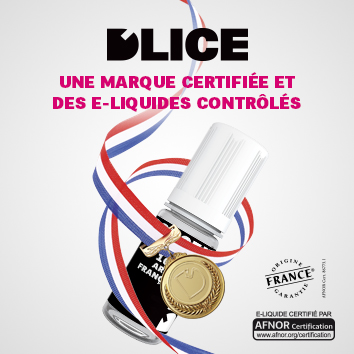Vape shops vs. tobacconists: are we heading towards a rift in the vaping industry?

Recently, Rémi Baert, the founder of the e-commerce website Kumulus Vape, announced an end to the distribution of e-liquid brands in tobacconist shops. This decision also includes ending distribution to major roadside service stations, and it also includes the end of distribution for any brand that advertises on platforms other than vaping-specific media.

The reason for this decision is simple: an alcoholic that wants to stop drinking will not go to the bar to order a glass of water. Using this reasoning, in Baert’s mind, selling e-liquids in tobacconists is the antithesis to vaping philosophy.
But while the reasons behind this move may be laudable, the consequences may have a major impact on the vaping industry.
Kumulus Vape is already expecting to lose 35% of its profits selling e-liquids. However, it is unfortunate that Kumulus seems to be conflating Big Tobacco (cigarette manufacturers) with tobacconists, which are independent businesses that have made an effort to diversify their products in the last few years in order to better serve vapers. In addition, e-liquid manufacturers—just like any other manufacturer, in fact—are not always in control of the distribution channels of their products. A wholesaler or a distributor may very well purchase e-liquids in one place and sell them in another.

What about other vaping products?
You may have noticed that this news only concerns e-liquids. Why are vaping devices and other vaping-related products not affected? Maybe because the largest e-cigarette manufacturers already produce for Big Tobacco and deliver their products to anyone that is interested, specialty vaping shop or otherwise.
In the last few years, the number of vapers has plateaued, and there are just as many people addicted to smoking as ever, killing 73,000 people a year in France. But isn’t helping as many smokers as possible quit smoking the most important thing, especially when vaping can save so many lives?






